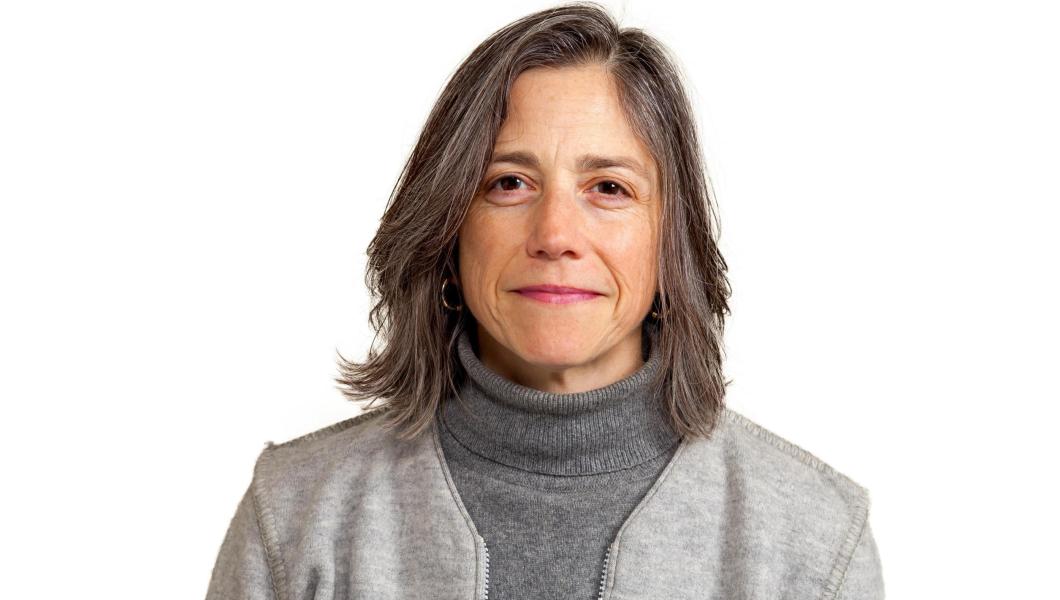Sustainable Design: Mapping an Ancient Solution to a Modern Crisis

*"Mapping an Ancient Solution to a Modern Crisis" is part of NJIT's 2023 Research Magazine*
Athens is dense, dry and prone to drought. Together, rising temperatures, a lack of trees and intense heat island effects are baking the modern metropolis of more than three million people. Researchers think a nearly 2,000-year-old answer to the city’s problems may lie beneath its streets.
In 125 C.E., Roman emperor Hadrian ordered the creation of an aqueduct that eventually stretched more than 12 miles. Despite being abandoned decades ago, the aqueduct continues to function — silently collecting groundwater. The missed opportunity, however, is that the water is currently routed to a sewer and dumped into the Aegean Sea.
Georgeen Theodore, a professor at the Hillier College of Architecture and Design (HCAD) and the coordinator of the Master of Urban Design Program, wants the people of Athens to be able to access that water — and have a say in how it is used. She’s building a toolkit that will include a richly detailed, three-dimensional digital model of the aqueduct and its adjacent watershed that will help municipalities access the water flow, see how it intersects with the existing urban landscape and design public green spaces that can be irrigated. Creating these green pockets will help offset the heat island effects in a metropolis where the temperatures can reach 111 degrees.
Without a visual guide, municipalities have no way to manage or utilize the water, says Theodore, who started researching the underground system in 2017.
“We are using our skills as designers to make visible what is invisible and make it negotiable, and enable residents to help inform the design. We are using the skills of designers to help democratize a big infrastructure project. We want to make it understandable at a glance and create tools to help people see it.”
Theodore, a founder and principal of the architecture, urban design and planning practice Interboro Partners, says the toolkit will include diagrams and infographics that will help local stakeholders understand the Roman-era water system. She’s currently working with two students to “build a digital and a physical model of the aqueduct and prototypical sites where we can test public space interventions that lower temperatures.” The project is part of a collaboration among the city, the regional water authority, the city of Chalandri, the National Technical University of Athens and NJIT.
In 2022, Theodore and two of her students went to Athens for a week and had the “thrilling” experience of entering the aqueduct at multiple spots. Above ground, all one can see are the wellheads.
“It was interesting to study something for a long time from afar and to then finally get to experience it in person. Climbing down into a deep, dark well that was built nearly 2,000 years ago was an extraordinary experience for me and my team. The fact that water still runs through the tunnels demonstrates the ingenuity of Roman design and engineering.”
GeorgeenTheodore EYDAP_IMG_03_edit.jpeg

Despite its significance as both a cultural artifact and an impressive feat of engineering, the fact that the aqueduct (and how it operates) are virtually invisible also makes it vulnerable to the risks of damage, pollution and depletion from above-ground urban land use. These vulnerabilities have been exacerbated over the past several decades, as urban development has resulted in several blockages in the aqueduct wells. The abandonment of its reservoirs has also led to unsustainable practices. For example, many communities in metropolitan Athens rely on the potable water from the mountains for irrigation, when non-potable water would be a better choice.
The project won’t just close the gaps in understanding the system, but will develop an interactive digital archive to host new visualizations of the aqueduct and the integration of citizen science through community engagement and participation in the project’s development.
Two years ago, Theodore got seed grants from HACD and NJIT for the project. The Athens water and sewer company paid for her students’ travel to Athens. Those two students, Ebony Payne ’22 and Iman Syed ’22, worked with her last semester to build a digital and physical model of the aqueduct and prototypical sites where they can test ideas about cooling.
Theodore, who is also working on a project around cooling stations in the South Bronx with the New York City Health Department, says the research in Athens has applicability to the larger world. “Think about U.N. sustainability goal 11 —to make cities more sustainable. The heat island in Athens is extreme, but the issues we are grappling with are global,” she says.
GeorgeenTheodore IMG-1423 edit.jpeg


